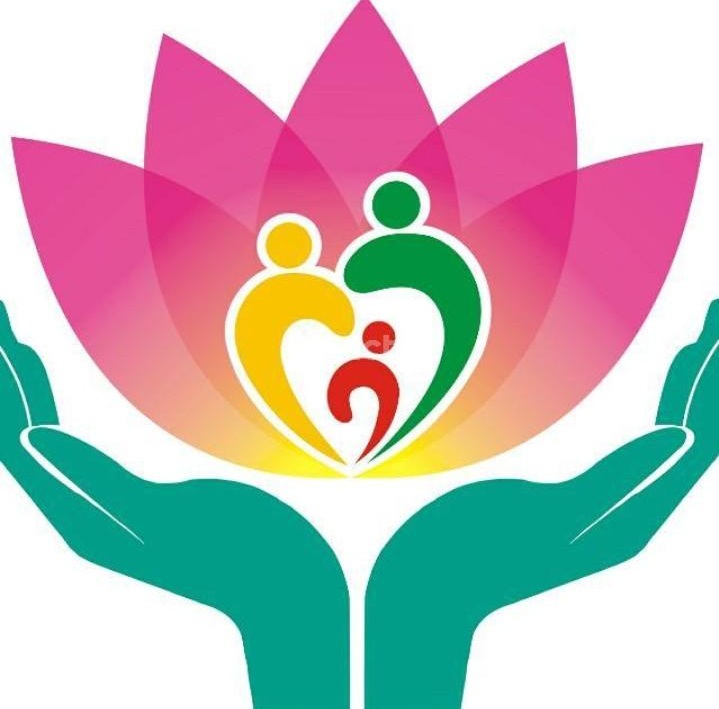
Expertise in High-Risk Birthing
Expertise in High-Risk Birthing refers to the advanced knowledge, clinical skills, and decision-making ability that healthcare professionals—especially obstetricians, maternal-fetal medicine specialists, anesthesiologists, and specialized nurses or midwives—develop to safely manage pregnancies and deliveries with elevated risks for the mother, baby, or both.
Key Aspects of Expertise in High-Risk Birthing
Medical Knowledge and Training
Understanding maternal conditions such as preeclampsia, gestational diabetes, placenta previa, cardiac disease, or autoimmune disorders.
Managing fetal complications like intrauterine growth restriction (IUGR), congenital anomalies, or multiple gestations (twins/triplets).
Familiarity with evidence-based guidelines, surgical interventions, and emergency protocols.
Advanced Clinical Skills
Skilled use of technologies such as continuous fetal monitoring, ultrasound, and Doppler studies.
Proficiency in performing cesarean sections, operative vaginal deliveries, and emergency interventions (e.g., for hemorrhage, uterine rupture, or fetal distress).
Competence in neonatal resuscitation and collaboration with neonatologists for premature or compromised infants.
Risk Assessment & Planning
Antenatal counseling and multidisciplinary planning for delivery.
Anticipating complications and preparing individualized birth plans.
Weighing the balance between maternal and fetal well-being when critical decisions must be made.
Multidisciplinary Collaboration
Working closely with anesthesiologists, neonatologists, hematologists, cardiologists, and critical care teams.
Coordinating care across specialties to ensure comprehensive safety nets.
Crisis Management and Decision-Making
Ability to remain calm under pressure and take quick, evidence-based action in emergencies.
Experience in triaging situations where seconds matter, such as cord prolapse or massive hemorrhage.
Why It Matters
High-risk birthing expertise saves lives by reducing maternal mortality, neonatal mortality, and long-term complications. It ensures that both mother and baby have the best possible outcomes, even when faced with complex, unpredictable, or dangerous circumstances.

